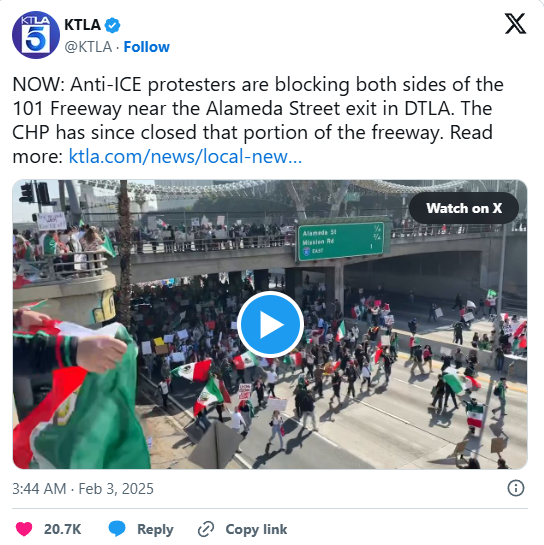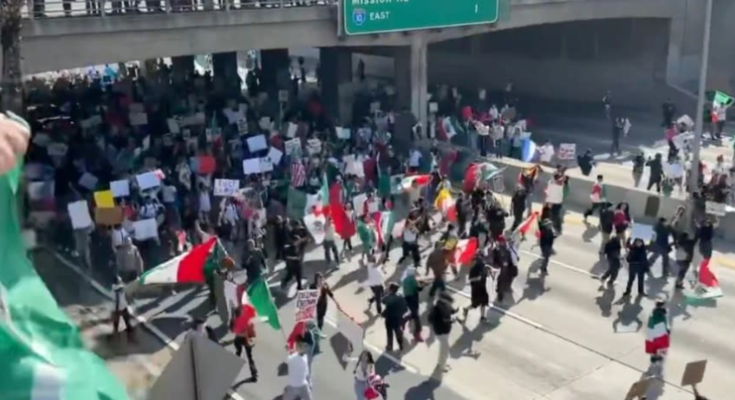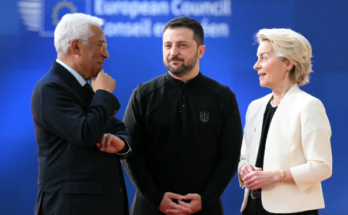On his first day in office, former President Donald Trump wasted no time implementing measures that significantly reshaped U.S. immigration policy. Trump signed a series of executive orders aimed at drastically reducing the number of immigrants entering the United States and tightening border security. Among the most controversial orders was one seeking to end birthright citizenship, a policy rooted in the 14th Amendment of the U.S. Constitution, which grants citizenship to anyone born on American soil regardless of their parents’ legal status.
Another order temporarily suspended the admission of refugees into the country, causing widespread concern among human rights advocates and immigrant communities. This policy decision was part of Trump’s broader campaign promise to restrict immigration and fortify the nation’s borders. The move drew immediate criticism from civil rights groups, immigration attorneys, and political opponents who argued that these measures undermined American values and violated constitutional rights.
In the days following the executive orders, officials from U.S. Immigration and Customs Enforcement (ICE) swiftly began operations to detain and deport undocumented immigrants. Reports emerged of arrests taking place at workplaces, homes, and even schools, fueling anxiety within immigrant communities. The crackdown marked the beginning of what many described as an aggressive and unprecedented approach to immigration enforcement under the Trump administration.
Public outrage was immediate and intense. In Los Angeles, a city known for its vibrant and diverse immigrant population, protesters took to the streets to voice their opposition to the administration’s policies. Demonstrators, many carrying signs that read “No Human is Illegal” and “Defend Immigrant Rights,” successfully shut down traffic on the heavily traveled 101 Freeway. The protest highlighted the growing resistance to what activists saw as unjust and draconian deportation measures.

Videos from the scene showed hundreds of protesters standing firm on the freeway, chanting slogans and demanding an end to ICE operations and Trump’s immigration policies. Law enforcement officers attempted to clear the freeway, but demonstrators remained resolute, determined to make their voices heard. The protest was part of a larger wave of anti-ICE demonstrations that swept across the country, reflecting widespread dissatisfaction with the administration’s approach to immigration.
The Los Angeles protest captured national attention and became a symbol of the broader struggle against the Trump administration’s immigration agenda. As legal challenges mounted and public demonstrations continued, it became clear that immigration would remain a contentious and defining issue throughout Trump’s presidency.
The incident on the 101 Freeway served as a stark reminder of the deep divisions within the country over immigration policy and the resilience of those fighting for immigrant rights. It underscored the enduring debate over what it means to be American and who has the right to call the United States home.




